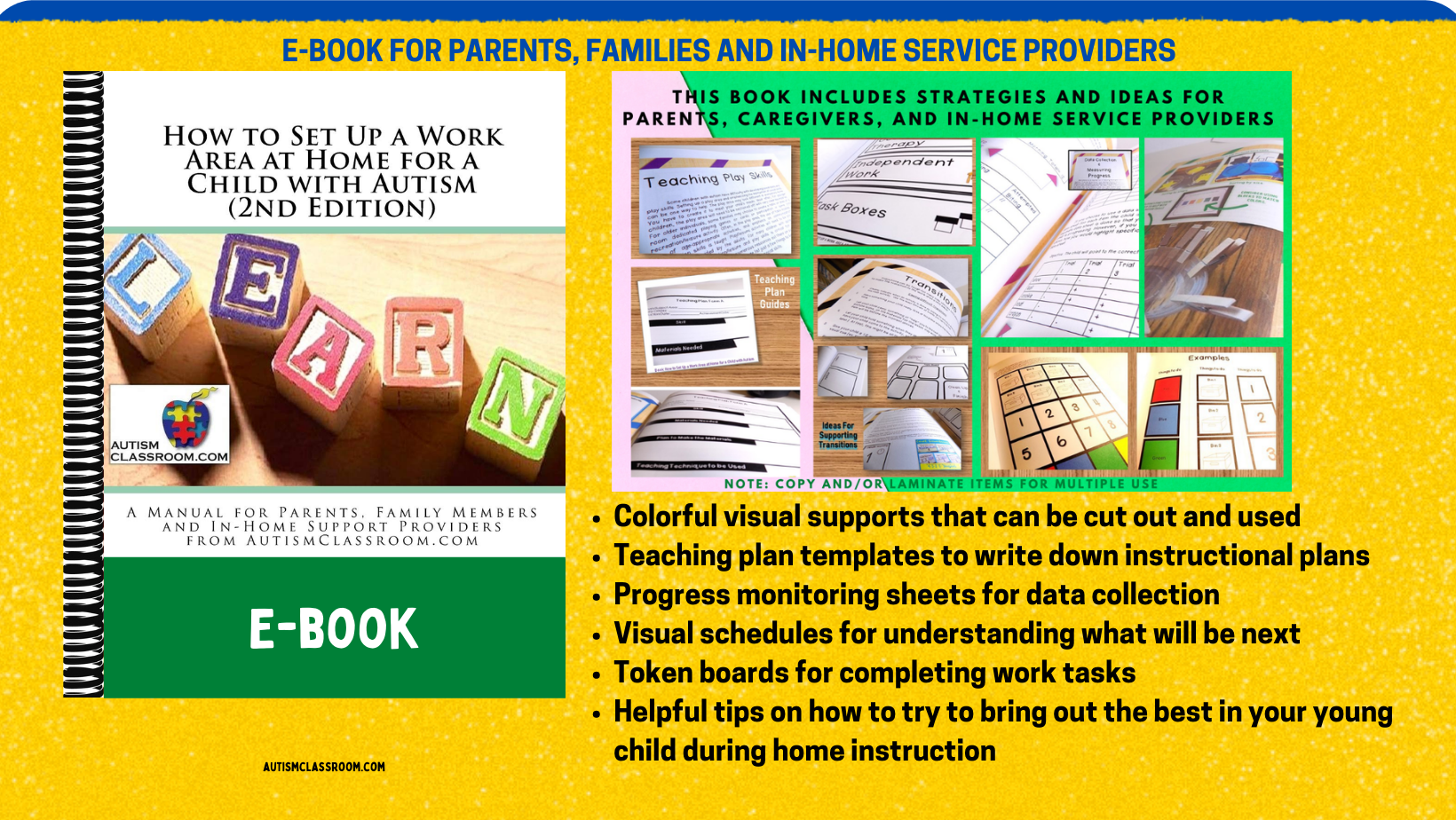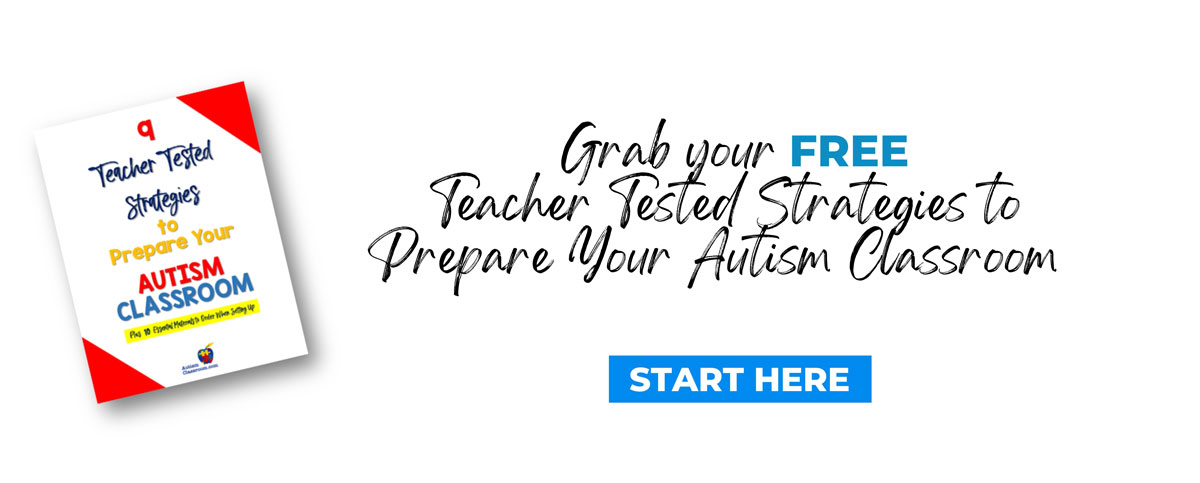
With the recent events occurring in the world, more and more parents have taken on the role of teacher. For parents of students with special needs, that role has always been there, but has increased. Parents of children with special needs are used to teaching new skills, encouraging communication and building independence in their children. However, the added job of teaching "full-time" can cause a bit of concern. Additionally, there are some parents who have decided to home-school altogether. Although many of you have a copy and are familiar with the AutismClassroom.com guide for setting up a work area at home, this blog post is designed to give the book a closer, more detailed look.
The book, How to Set Up a Work Area at Home for a Child with Autism (2nd Edition) was created to support families and in-home support providers with tools for creating a work space in a home environment for doing homework. It has now been used by many families to bring the classroom into the home as well.
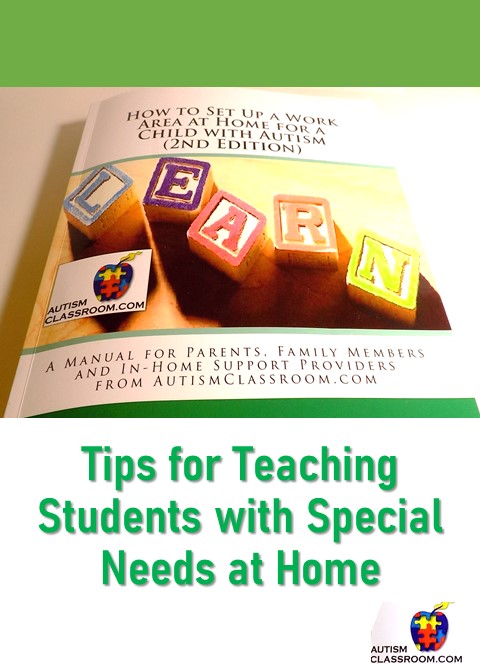

The introduction helps to identify items to have on hand when you are first getting started or planning for the beginning of your teaching.
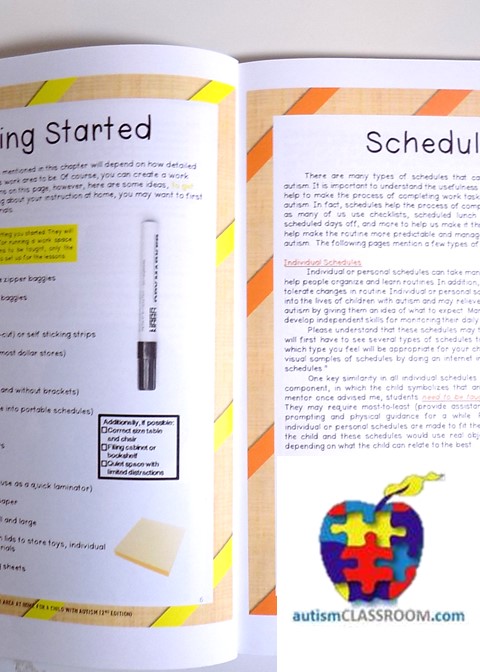
The next chapter briefly reviews different types of schedules. Also, it provides full color schedules that can be cut out of the book, laminated and used.

Data collection is always important. It helps to let you know if what you are teaching is working. There is a chapter dedicated to that topic.
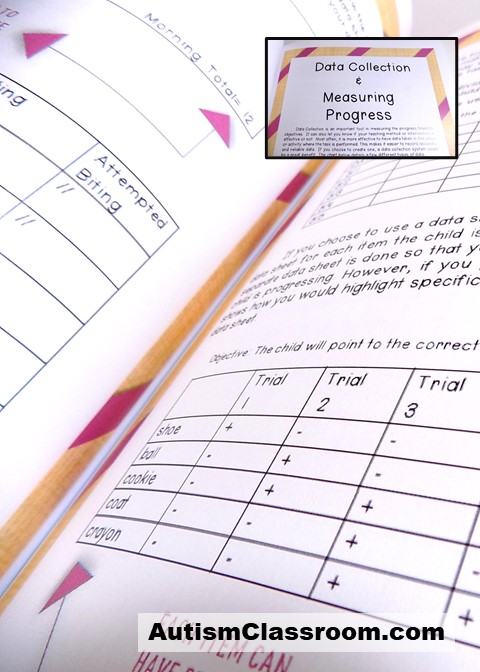
There are various types of data sheets included in the book in case you want to use them.
It’s always important to locate the type of data sheet that tracks the skill you are working on. Although, if you want, a quick internet search can give ideas and templates for data collection and progress monitoring.

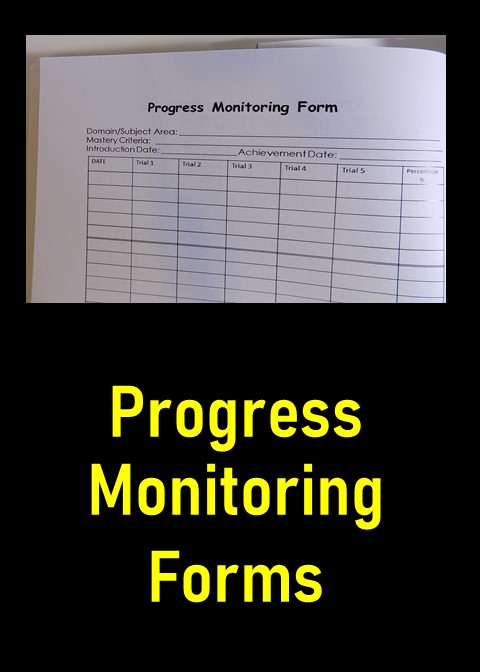

After the data discussion, this next chapter is on making work systems that children can monitor themselves…eventually. Of course, they will need much guidance from you at first. In reality, teachers use some of these strategies to build independence even if the progress is gradual.
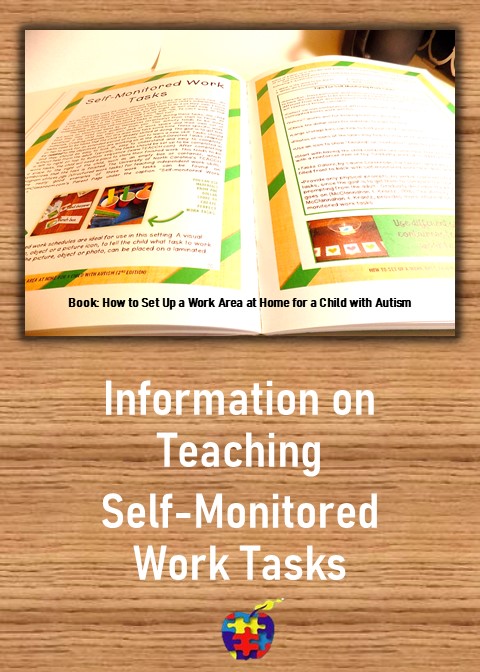
Some things to remember, these tasks have to goal of teaching children to follow through on a task. So, make the task very easy so that they will not have to ask for help.
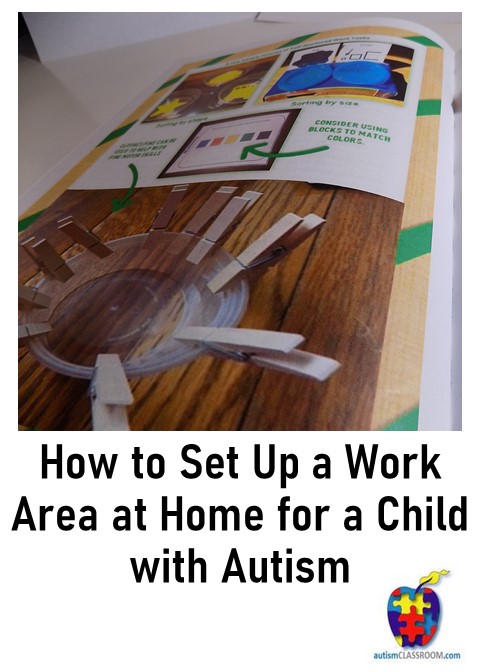
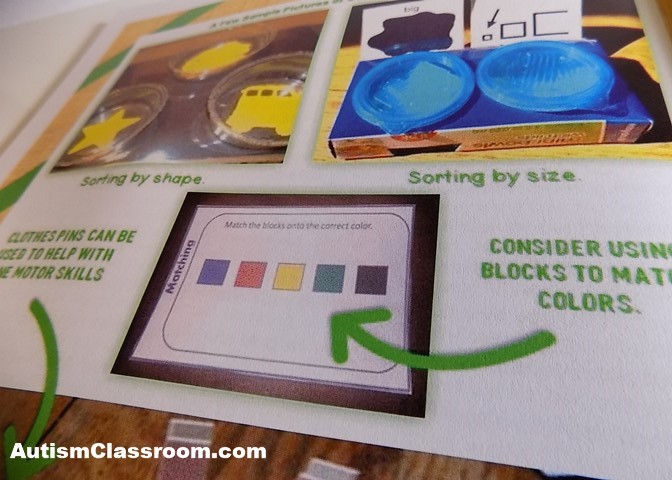
Also, add a visual work system schedule (included in the book) so that they will know what work to do and in what order.

Adult Directed Skills are those tasks that require us to set up, prepare and teach directly. Usually, this is a new skill or an emerging skill.
The book guides you to think about the skills you want to teach and develop your own teaching plan.
For example, the teaching plan should include the following elements:
· The Skill to be Learned
· Materials Needed
· Plan to Make the Materials
· Ideas for Data Collection
· Teaching Technique to be Used
· Motivator/Preferred Item/Reinforcer
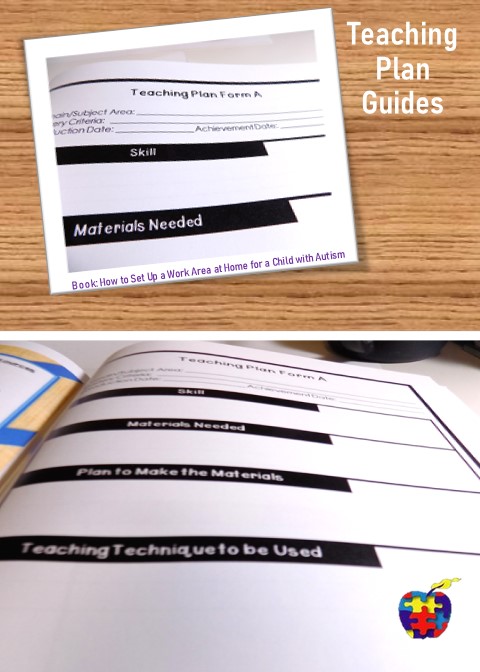

The next chapter focuses on strategies for teaching play skills. And, gives ideas about using visual supports during play time. A copy of two of the Autism Classroom Structured Play Communication Boards are included.
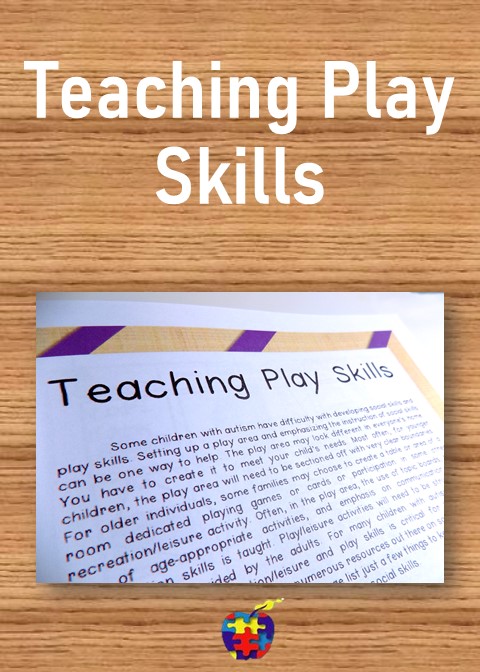
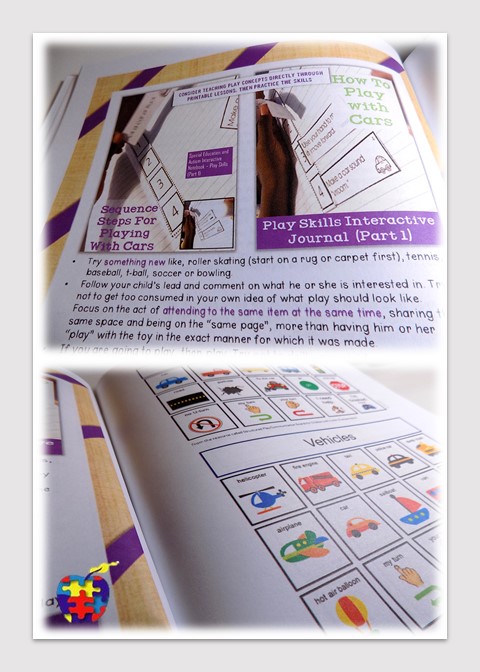
The area on Self-Help Skills helps parents and in-home care providers think about introducing these skills to children in a routine and methodical way.

Transitions are hard for a number of students. Having something your child really likes at the place where they have to transition might help them get motivated to go there. Carrying items to the place can help too. Visual cues can help some children...and this book has some visual cues that can be cut out and used.

The hope is that this can be a useful tool to families that are now teaching from home and for teachers who need to provide guidance to families who are teaching from home.
-AutismClassroom.com
-AutismClassroom.com

